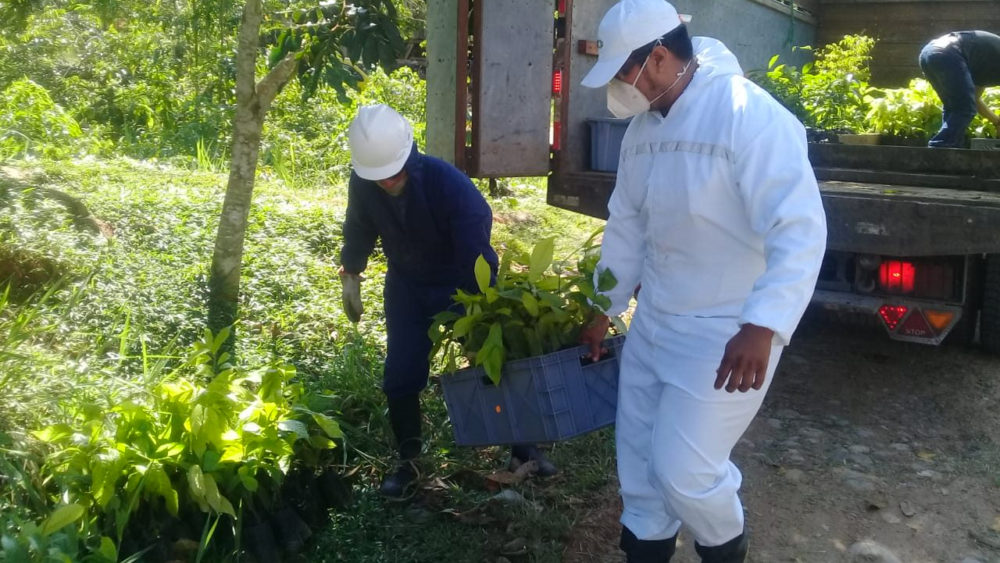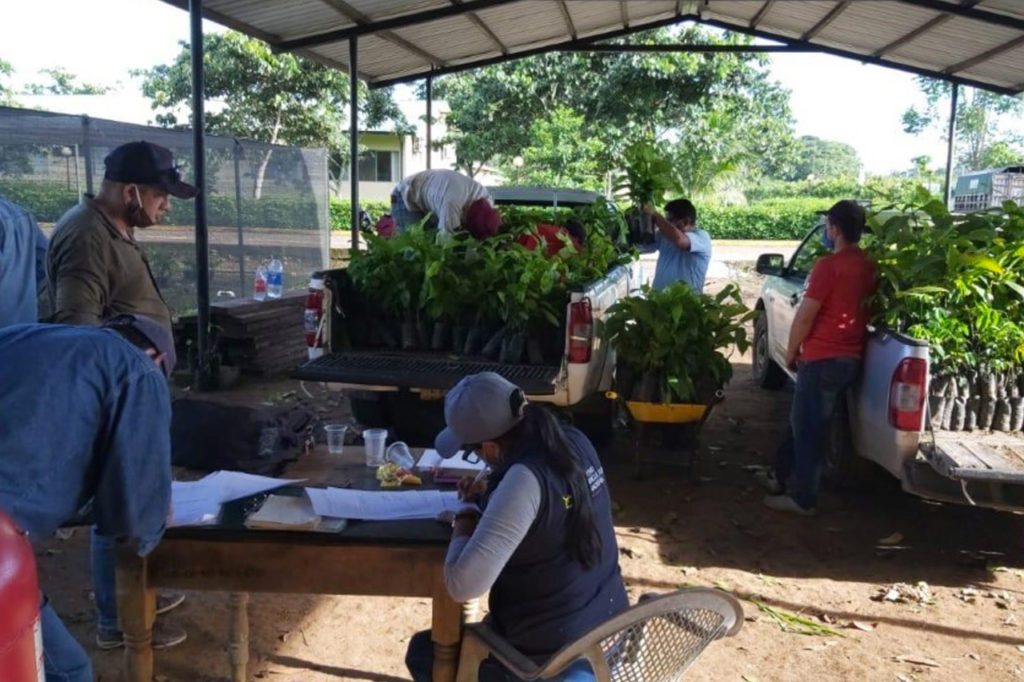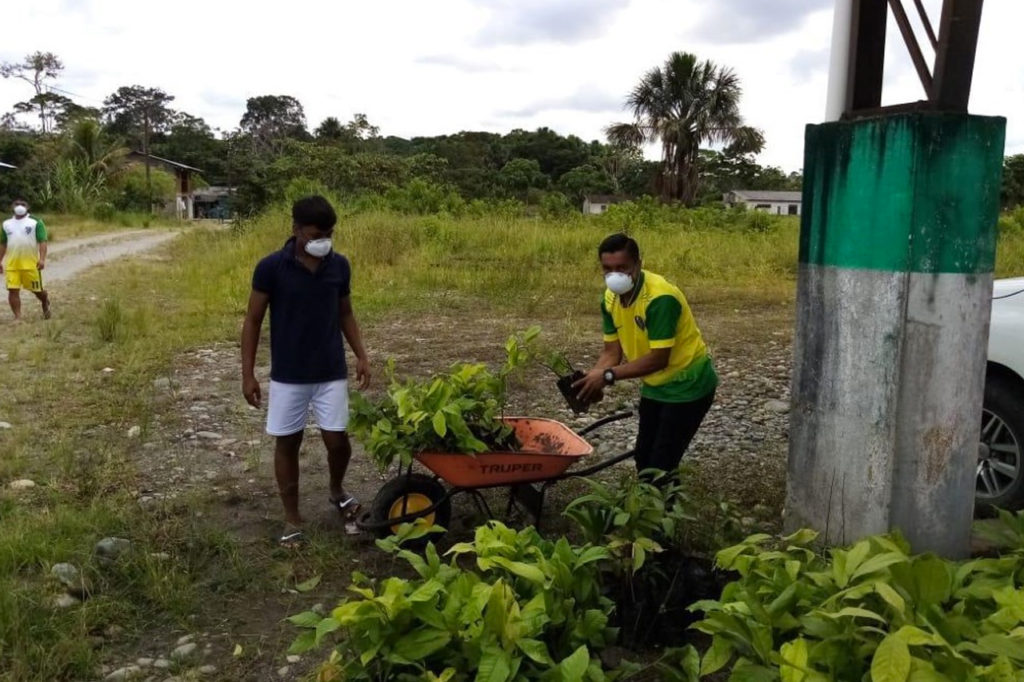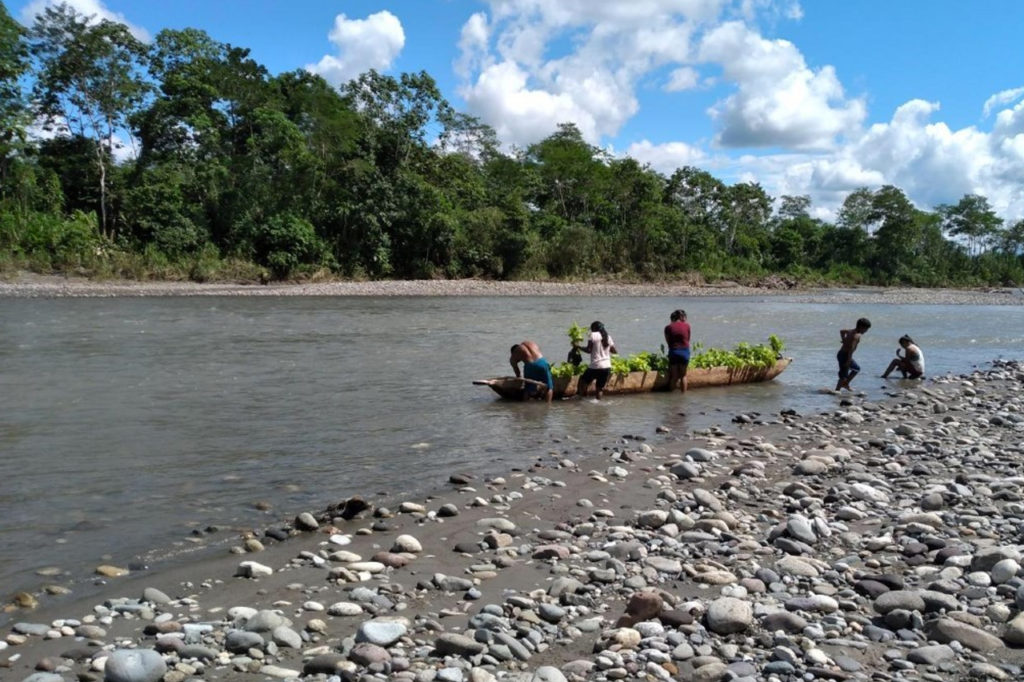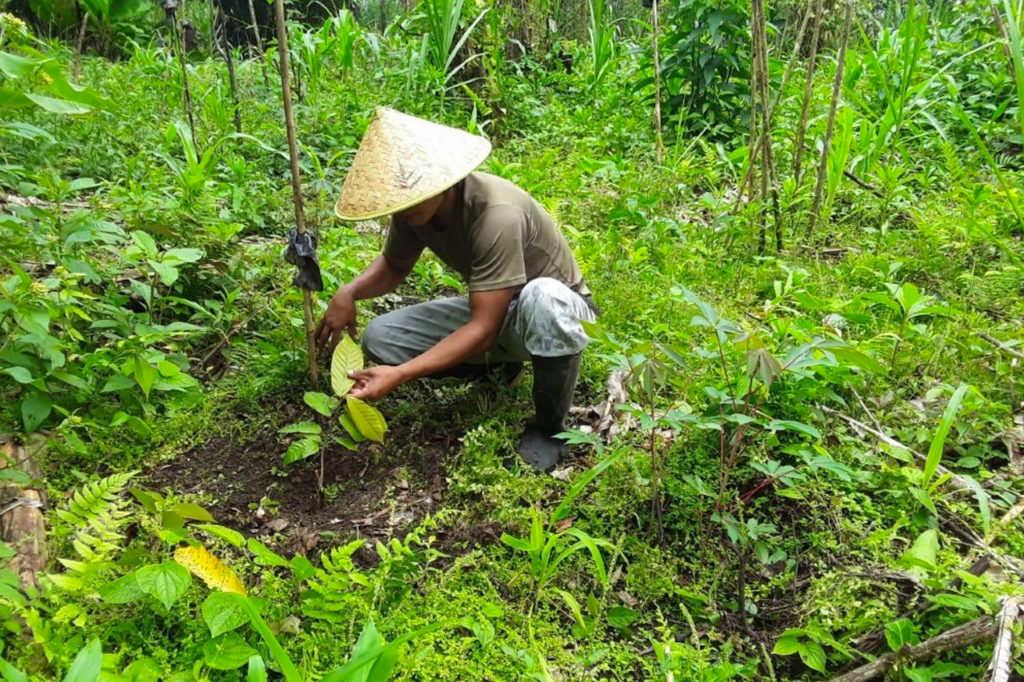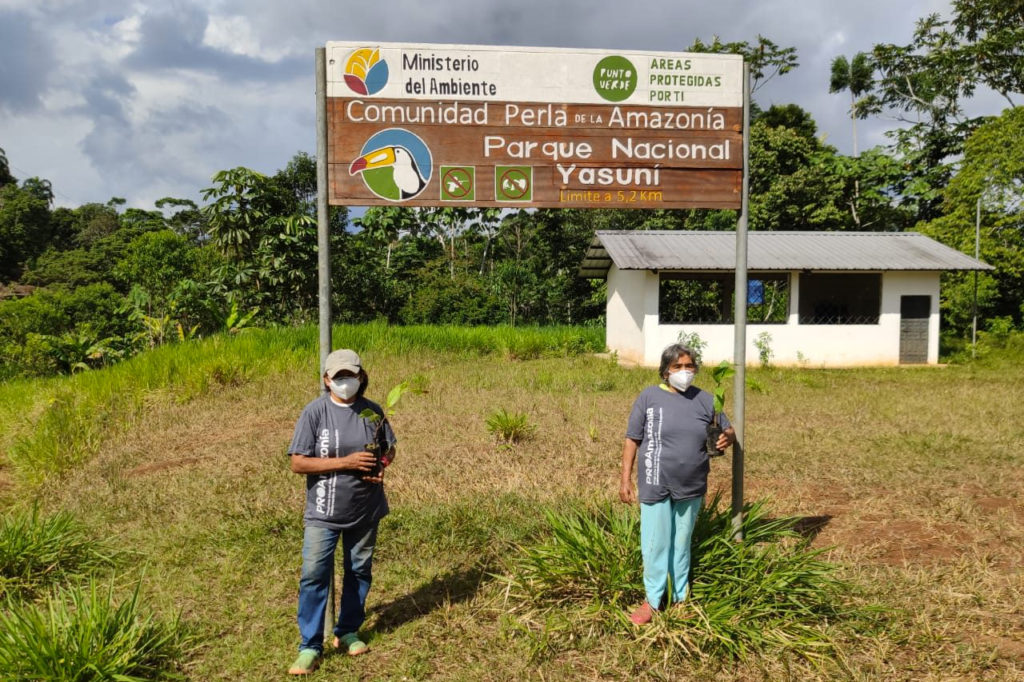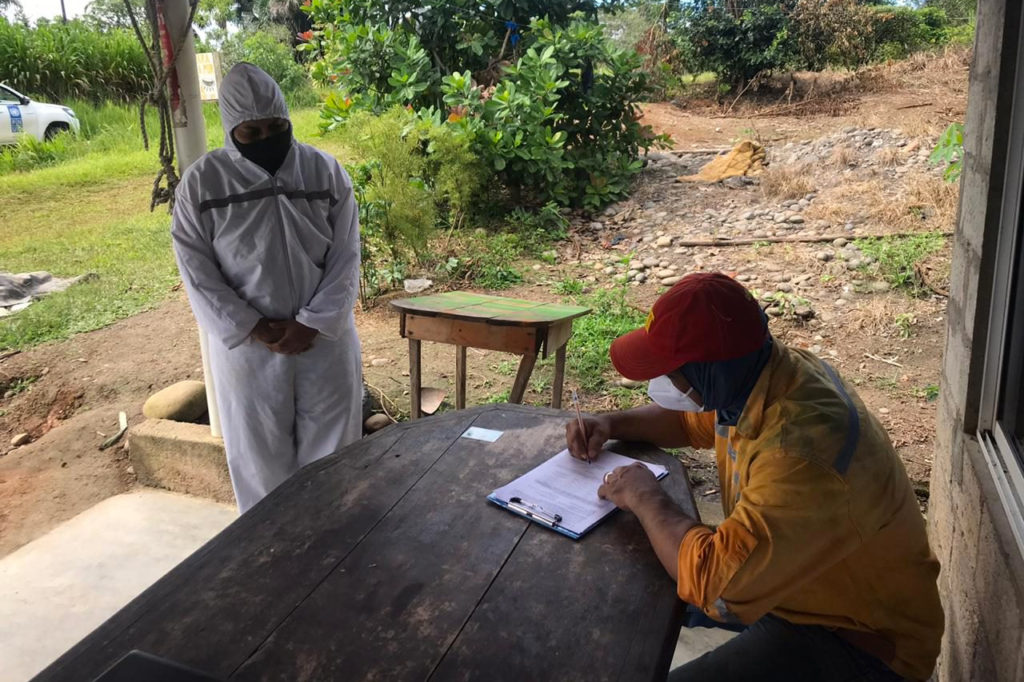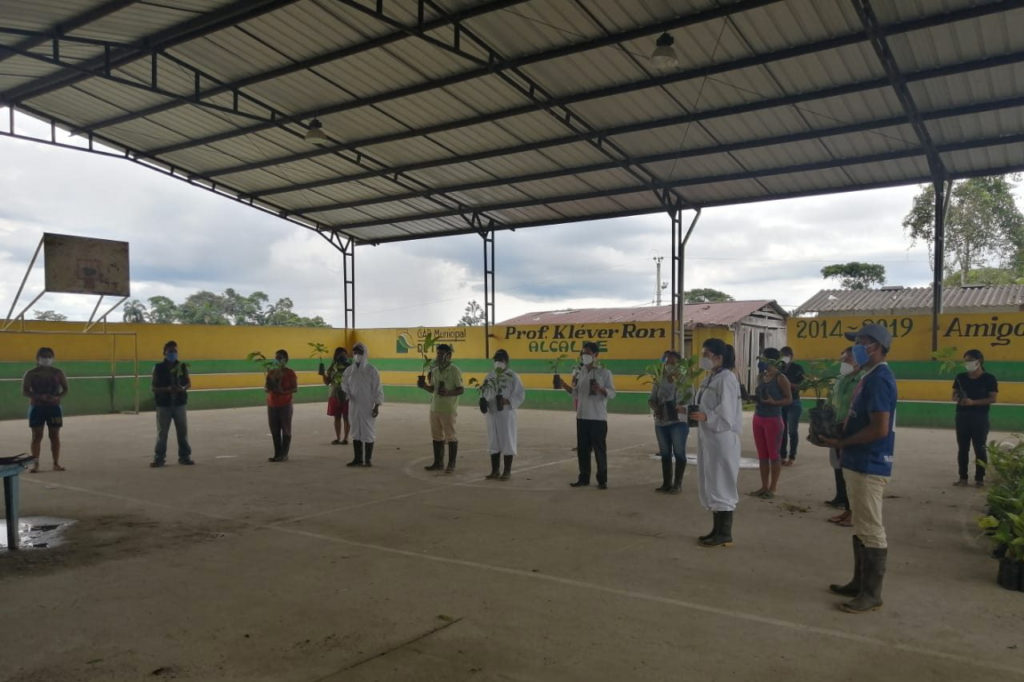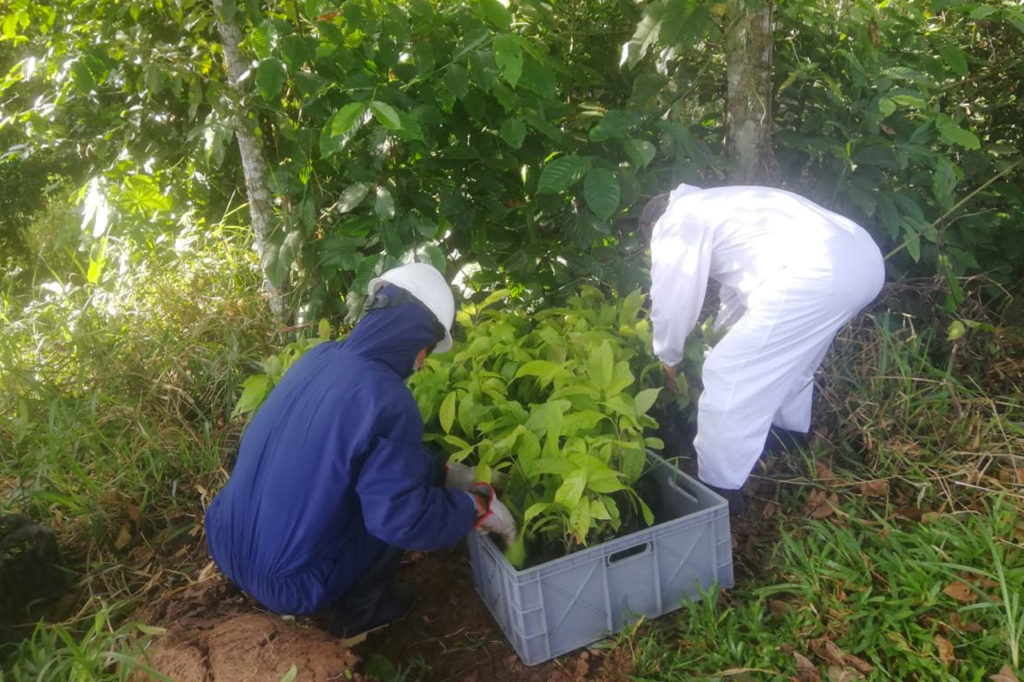Agricultural production processes are accompanied by the inevitable generation of greenhouse gases (CO2), a product of natural or anthropic processes typical of this activity. Today, humanity urgently faces the dilemma of producing enough food for a growing population without causing the deterioration of the environment and excessive use of natural resources.
In an agroforestry system, synergies can be generated between plant species and macro and microorganisms, which help the system to achieve a certain balance, mainly with regard to cycling, the provision of nutrients and the creation of ecological niches. This is precisely what happens in the Amazon rainforest, where the production methods of the ecosystem are adapted to the conditions of its mega-biodiverse environment.
A production process that allows us to take advantage of our resources in a rational and efficient manner, without compromising the resources of future generations, is known as sustainable production. This concept includes economic, environmental and social aspects.
Agroforestry systems are an option for sustainable production, and allow agricultural and forestry production to be diversified and combined in the same space. Depending on the plant species used, agroforestry systems can be more effective at generating biomass and the consequent CO2 capture, than less diverse production systems.
By diversifying a production system, a farmer’s sources of income are also diversified, and his economy grows stronger in the face of market fluctuations. By emulating the biodiversity of the surrounding ecosystem, agricultural production makes better use of ecosystem services provided by the forest, and connectivity bridges are generated. The productive unit and its forest and non-forest areas are designed with a holistic and landscape approach. The result is a more resilient production system from an economic and environmental point of view.
To ensure social and local relevance, the development and implementation of a production system must include the participation of producers, who receive technical assistance from Ministry of Agriculture and Livestock (MAG) staff in the comprehensive planning process of their farms.
During June 2020, with strict biosecurity protocols, the Ministry of Agriculture and Livestock, the Ministry of Environment and Water (MAAE) and the National Institute of Agricultural Research (INIAP); through the Comprehensive Amazon Program for Forest Conservation and Sustainable Production (PROAmazonía), supported by UNDP, delivered 22 species of plants for agricultural production in forests to 900 beneficiary producers of MAG’s Amazon Productive Transformation Agenda (ATPA).
The number of plants delivered during June in the provinces of Sucumbíos, Orellana and Napo, exceeded 100,000 units. This initiative is part of a process through which one million plants will be provided throughout the Ecuadorian Amazon. The next stage of the process will be a final delivery phase, scheduled for late 2020 and early 2021. In this way, the diversification of production is promoted and producers are encouraged to participate in the process of transitioning towards sustainable production, in order to safeguard the future of the Amazon and care for the planet.
Author: Giovany Romero
Sustainable Agricultural Production Technician at PROAmazonía
 Español
Español English
English
